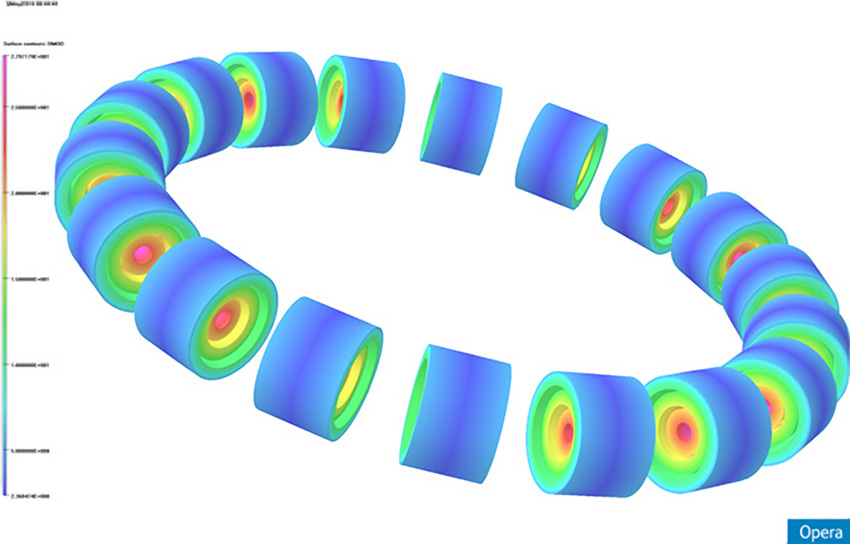
Proton-Proton Fusion: Powering the Sun
Large-scale simulations of quarks promise precise view of reactions of astrophysical importance.

Large-scale simulations of quarks promise precise view of reactions of astrophysical importance.

Researchers demonstrate a new technique that could lead to significantly higher power proton beams used to answer tough scientific questions.

Seeding x-ray free electron lasers with customized electron beams produces incredibly stable laser pulses that could enable new scientific discoveries.

New results confirm the rate of Higgs boson production, matching our understanding of how the universe works.

New searches for sterile neutrinos, hypothetical particles that do not directly “talk to” any particles in the Standard Model, significantly narrow the remaining regions where these particles may be hiding.

Discovery of neutrino oscillations, which shows that neutrinos have mass, garners the 2015 Nobel Prize in Physics.

Discovery of neutrino oscillations, which shows that neutrinos have mass, garners the 2015 Nobel Prize in Physics.

Argonne superconducting radiofrequency technology boosts a variety of applications.

Novel high temperature superconductor magnet technology charts new territory.

Detection of subtle polarization patterns in the Cosmic Microwave Background opens a new window on fundamental physics and cosmology.

Scientists at University of Texas, Austin, accelerate electrons to 2 GeV in table top apparatus.

The optimization of commercial hardware and specialized software enables cost-effective supercomputing.